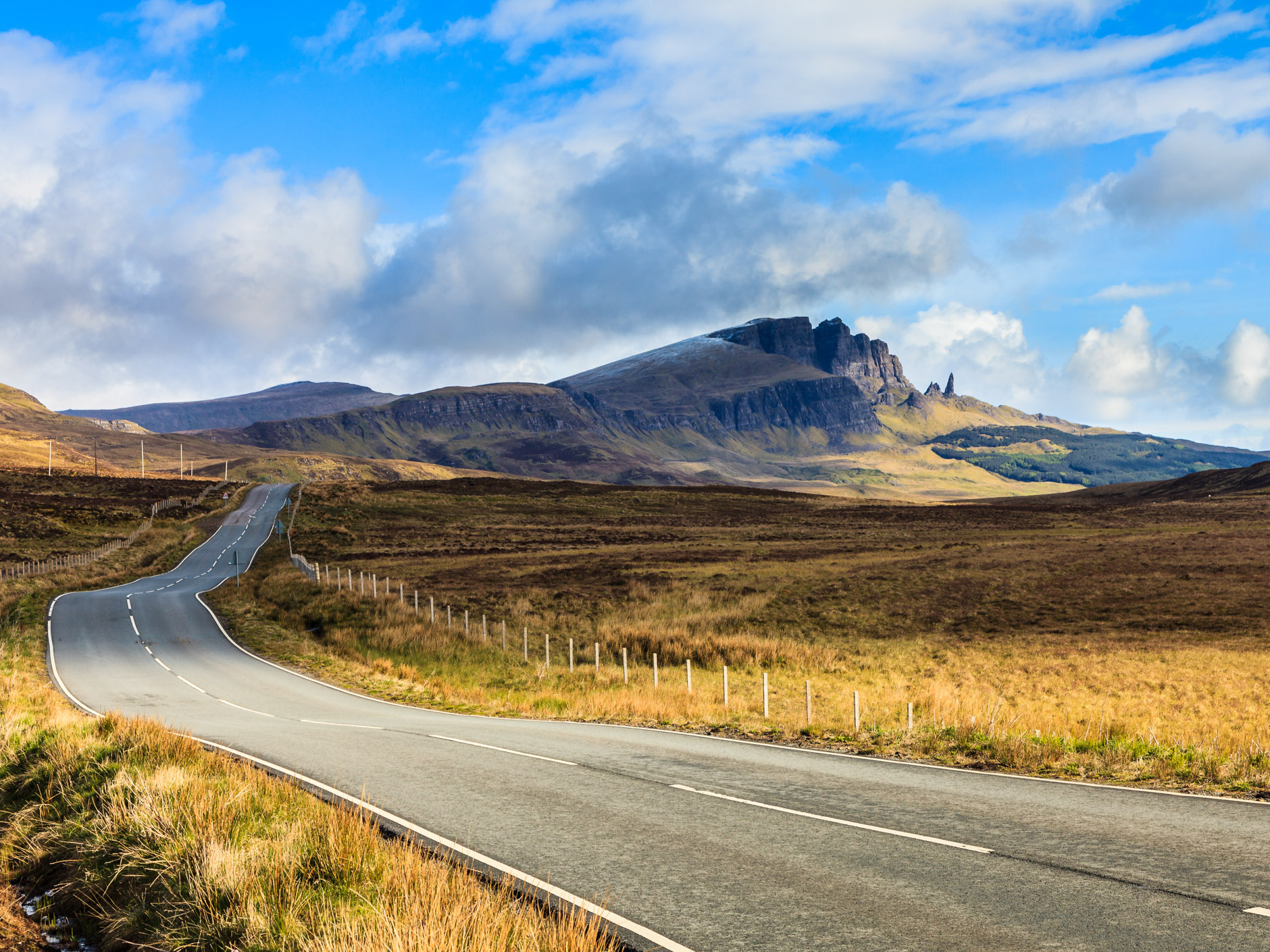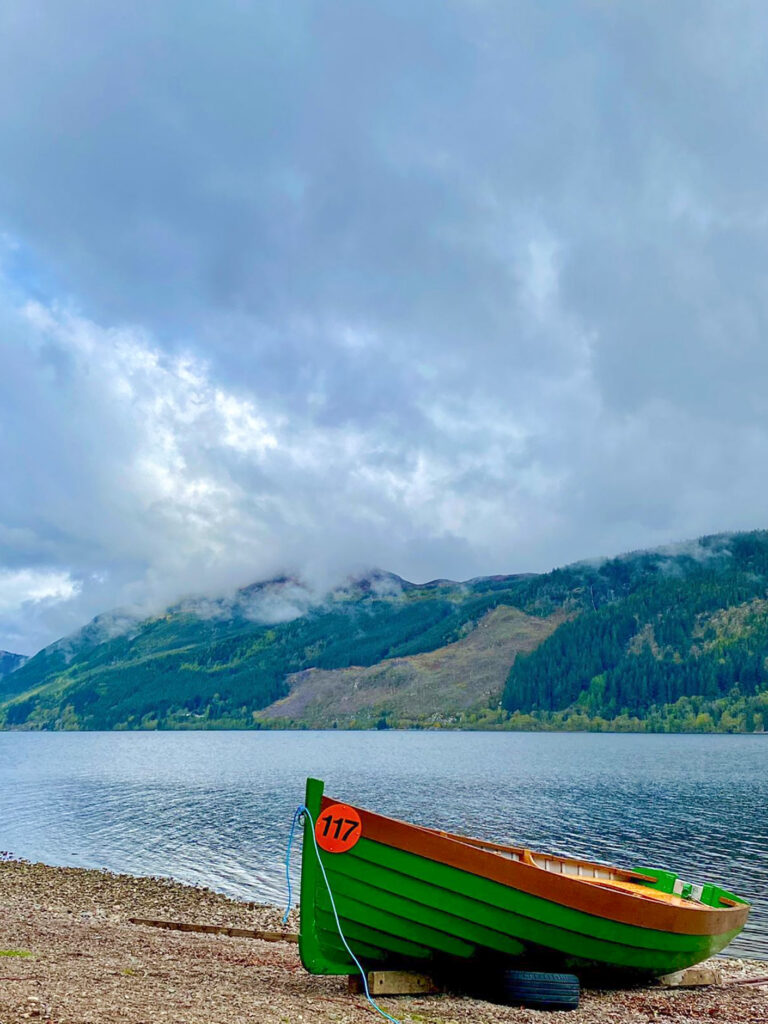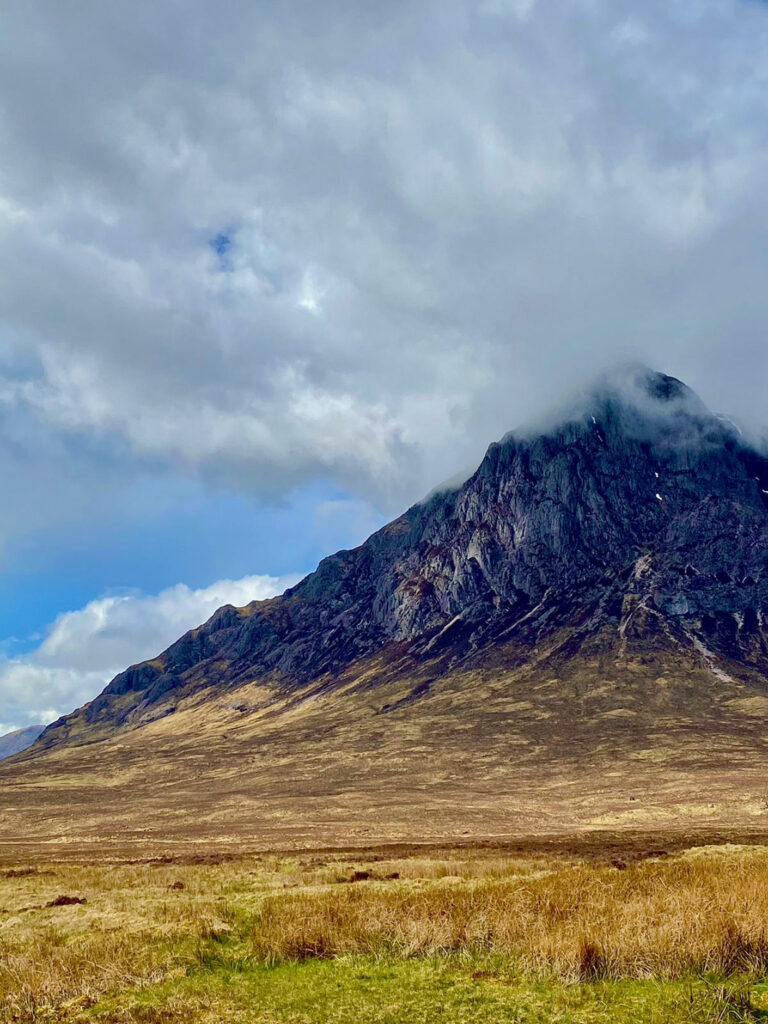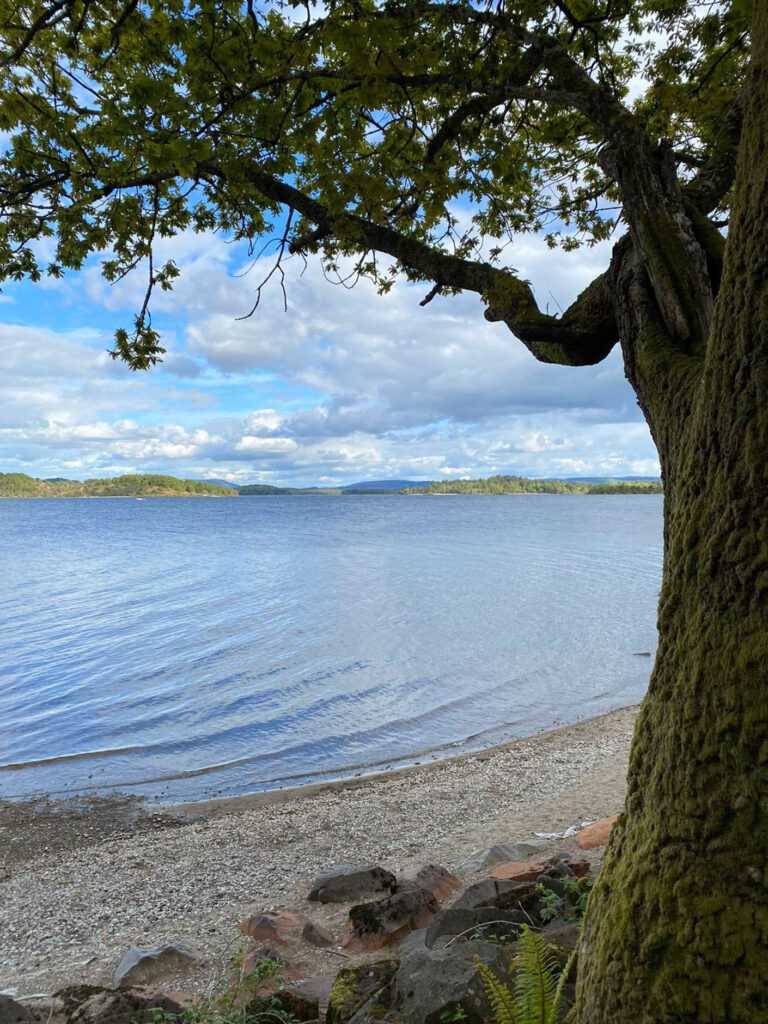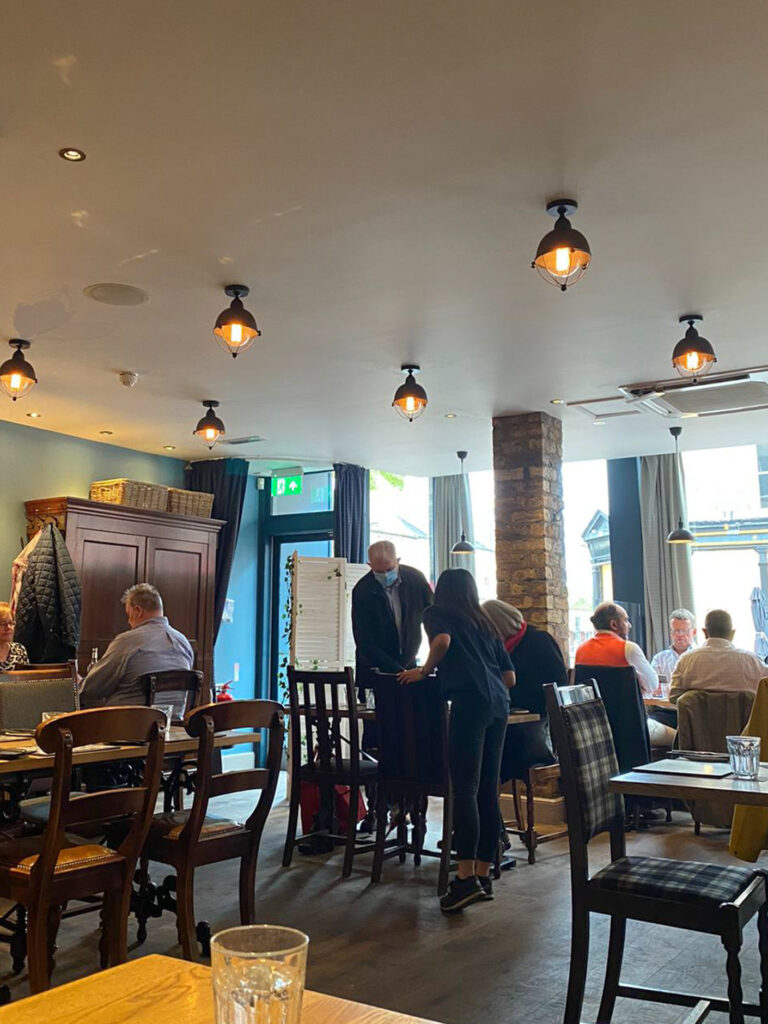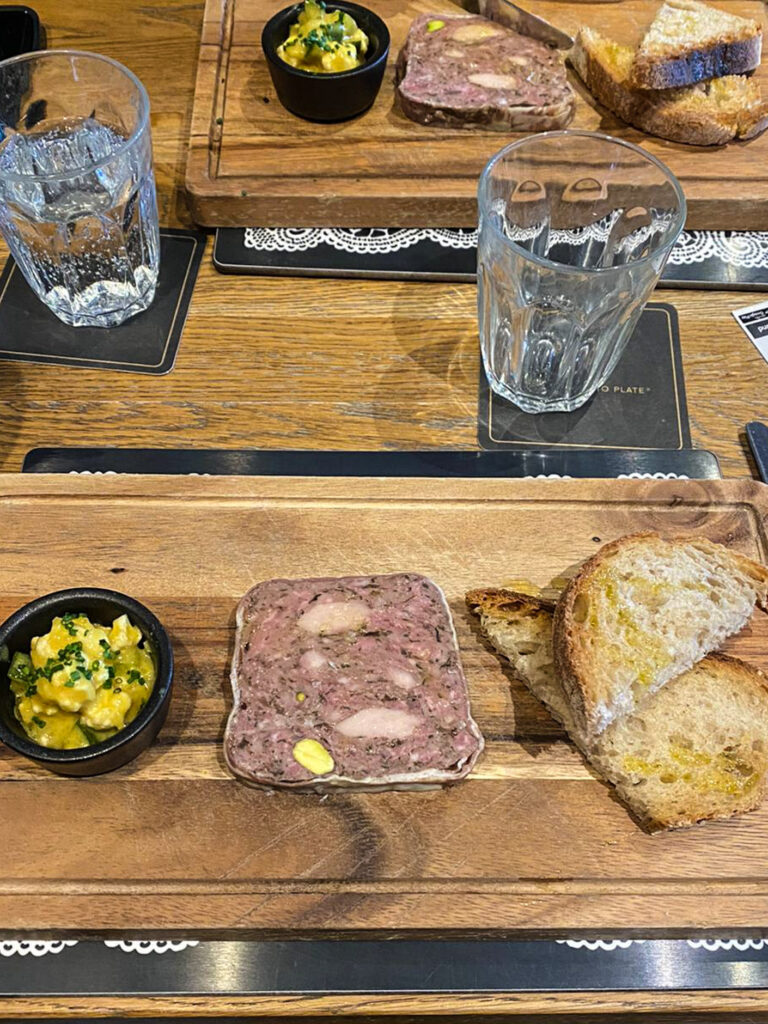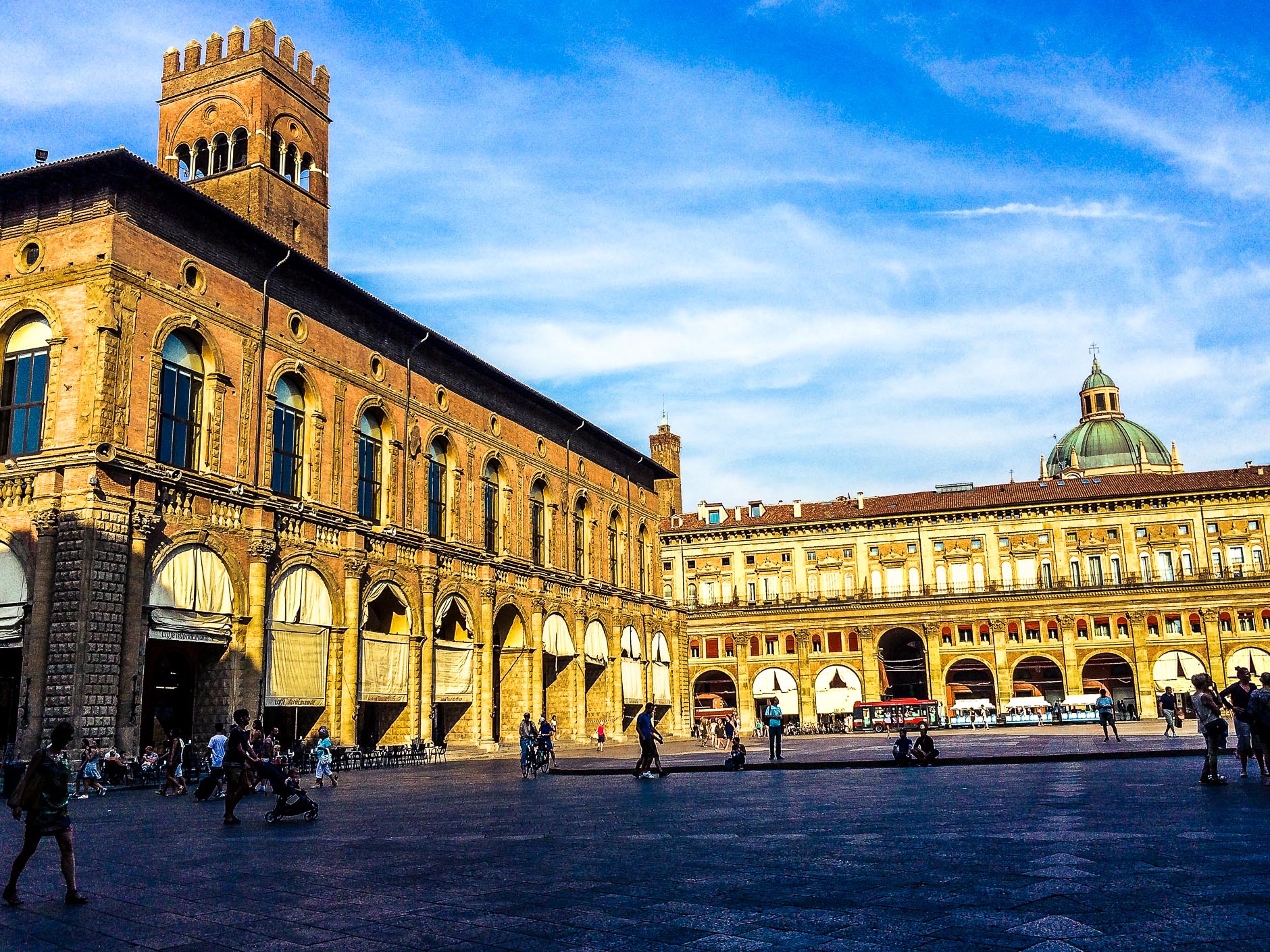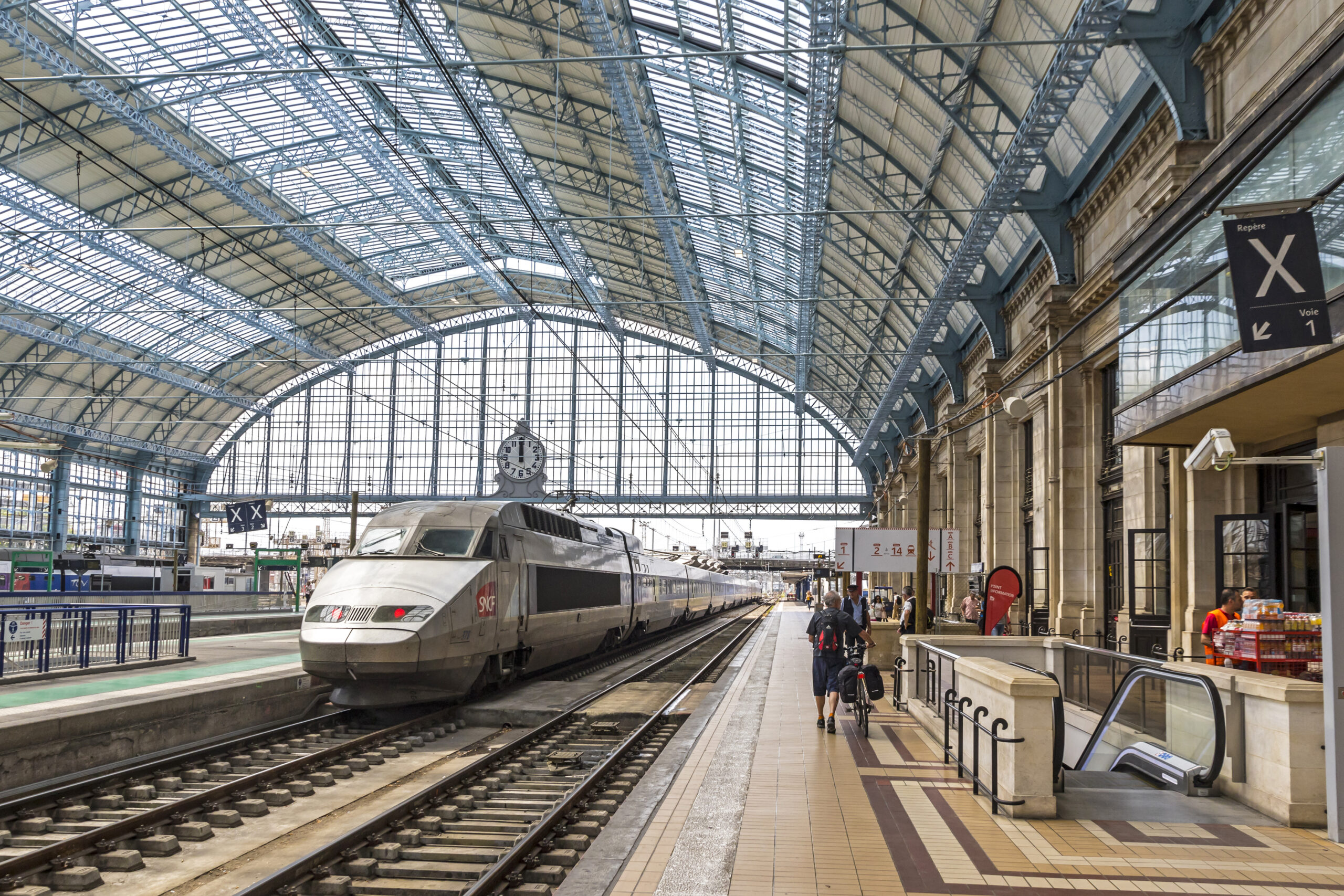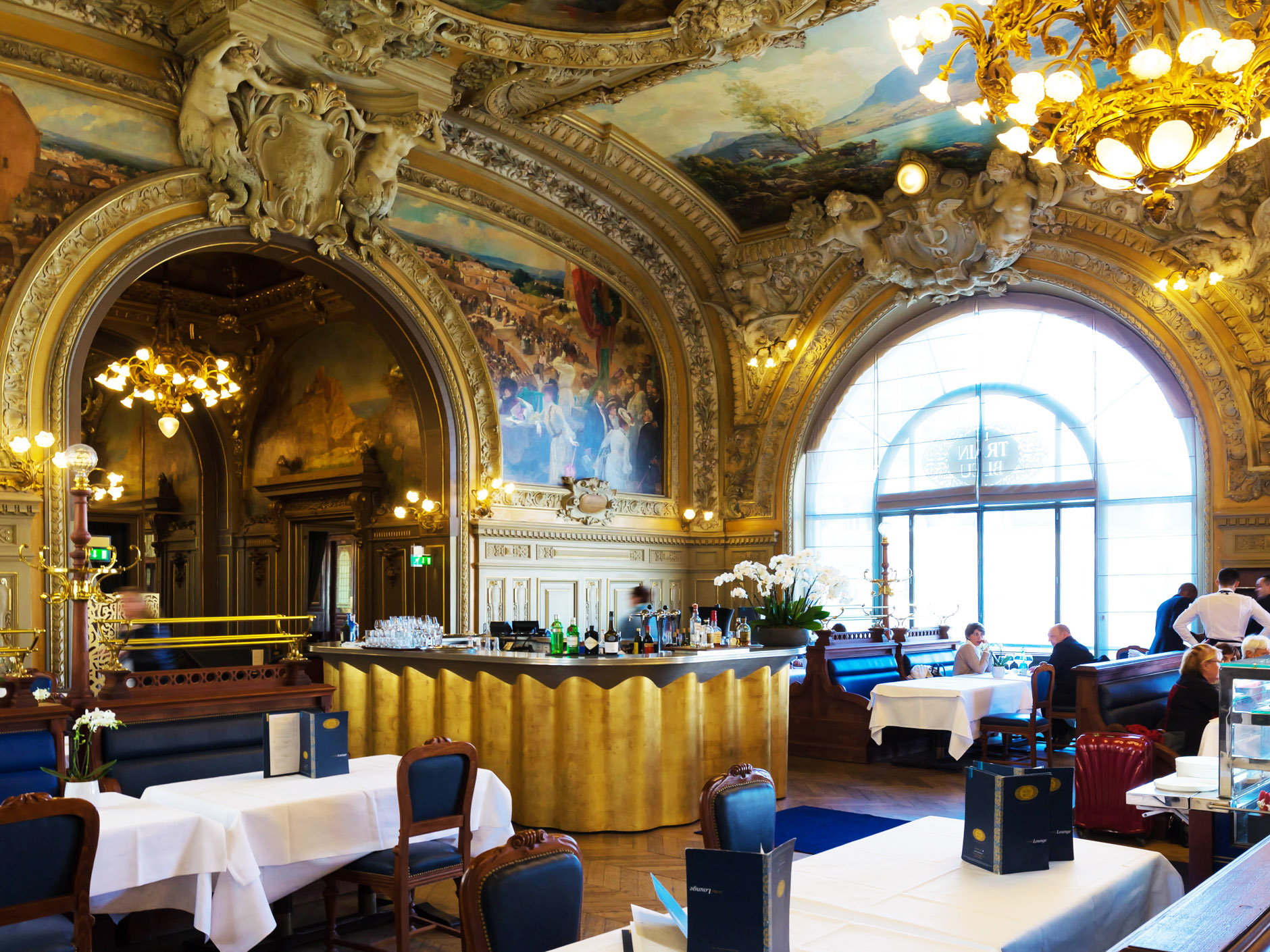Editorial note: this article was written and published before we became aware of the allegations of harassment made about Tom Kitchin and his group of restaurants in early July 2021. Whilst this article includes Kitchin’s pub The Scran and Scrallie this is not in any way an endorsement of such behaviour, which should never be tolerated.
It’s mid-May. I’m currently pitched near the village of Wigton, just outside Carlisle and south of the Scottish border. During a break from the incessant rain, my travelling companions and I break out the A-Z and plan our route north.
A near 450-mile journey through Scotland awaits us. Avoiding the NC-500 and some of the more well-known routes, we aim to head through the two national parks (Loch Lomond and Cairngorms) via Glencoe, Loch Ness, Braemar, then to Edinburgh, Lauder and eventually, home.
This Scottish road trip will also serve as a road test for the Michelin guide. In its purest form the Michelin guide is the fabled list of restaurant recommendations which guarantee a certain level of quality as you travel, deciding for you if a restaurant is ‘very good in its own category’ (1 star), ‘excellent cooking, worth a detour’ (2 stars) or ‘exceptional cuisine, worth a special journey’ (3 stars). This is the slightly archaic language Michelin still uses today and it has deployed plates, bibs and now green stars (introduced last year) to accommodate an ever-growing list of the world’s innumerable restaurants.
The more recent attempts to modernise Michelin have fallen flat in many critics’ minds, some of whom (to some extent Palate included) still label the legendary guide as lacking in diversity, inclusion and generally being too French-focussed.
So the question I’m looking to answer is: how well does the guide actually work? In the real world, out in the field, with dodgy signal and whilst travelling; can you use the Michelin guide as intended?
A guide in the field, in this day and age, should be a wealth of information, availability and interactive options
Things get off to a shaky start. My biggest bugbear with the guide is that there are two separate websites under the Michelin banner to find the info you need. There is ‘Viamichelin’ (VM), which looks as if a 1995 Bing Maps user has learned just enough code to load a restaurant onto, and the ‘Guide.Michelin’ website, which doesn’t load city searches unless there is a MG restaurant in that city. So as we are starting near Carlisle, there’s bupkis. Sticking with VM for now, as at least this option lets you search the semi-interactive map the guide shows a Toby Carvery as Carlisle’s restaurant of choice. Oh. Dear. God…
The route we have picked takes us near the west coast of the Scottish Lowlands. Restaurants around Dumfries and Kilmarnock prove few and far between. Despite pulling up to a few promising looking spots (including a tea room in a village called Moscow) many turn out to be closed. Our convoy is moving north at the end of May, right as the Covid restrictions ease for some – sadly though, not all restaurants, pubs and inns have survived.
With neither timings nor openings proving our ally on day one for lunch, we head north into the highlands, bypassing Glasgow, and setting our sights for Loch Lomond, laying all our hopes on dinner in Helensburgh. Fortunately, it didn’t disappoint.
Loch Lomond has its own brand of rugged beauty. Our campsite sits on the edge of this still, silver loch. One of the largest in the UK, and with a fine mist rolling over distant hills, one can’t help but feel a soul-cleansing calm.
Helensburgh, a hair-raising 12 minute drive away, has but one Michelin recommended restaurant: Sugar Boat. Whilst its name derives form a shipwreck visible from the shores of the town, the restaurant itself delivers a pleasing menu, with both Scottish and more continental European flavours. The trotters and bacon on beef dripping toast was every bit as good – and cholesterol-raising – as it sounds and the roast cod with potato rosti, served with baby gem and brown butter shrimps, was just the kind of perfectly executed seafood dish one would expect in a port town such as this.
Sugar Boat scored a goal for Michelin but I’m not singing the guide’s praises yet. On our way into town we passed at least half a dozen perfectly good-looking restaurants, none of which feature in Michelin’s guide. Again, I know they must discriminate the wheat from the chaff, but then why put Toby Carvery on there in Carlisle – where’s the consistency? My other key gripe is that when using the guide as we were – out in the field – there is no live sense of which restaurants are open and available. In London they are slowly integrating ‘The Fork’ as a booking platform, but with most good restaurants on Seven Rooms or Resy, and everything else on Opentable, that seems destined not to work.
The next morning and with a storm on our heels, we head further north into Lochaber via Glencoe. This was a good decision. Whilst the weather dampened the day, the roads and the views were simply stunning. Glencoe deserves special mention here; valleys of peat and scrub climb the feet of the still snow-capped mountains as the clouds and sky envelope them from above. Piercing through the middle of all of this scenery is a heroic driving road, a literal lifeline for (the few) residents and the only route north for travellers passing through.
We outrun the storm long enough to pull over in Fort William for a picnic lunch, before heading north east to Loch Ness and Foyers for the night.
Hospitality seems second nature in Scotland and in a post-pandemic world, I’m not sure higher praise of a country can be said
With Covid restrictions and the miserable weather our constant companions, we consult the guide for a morsel of hope to be pampered that night. Alas, nothing was forthcoming. The guide is particularly scant on suggestions this far north but even I was amazed that they list nothing in Fort William, Fort Augustus or Loch Ness. Smiddy’s near Fort William on the Spean Bridge is listed, but one fears such an old-school fine-dining restaurant wouldn’t have received our rugged (read: dirty) campervan style too well.
Even in the bigger city of Inverness, Bella Italia is listed on VM with Rocpool, the only restaurant in the guide. I was, however, travelling with two people even snobbier than I, so avoiding the city of Inverness at all costs was at the top of their agenda.
As such we had a cook out on Loch Ness and despite the all-encompassing rain, the next morning set off east into the Cairngorms. With a few more options listed in the guide here, we hedge our bets and book the Flying Stag in Braemar for supper. Whilst they are not listed on the Michelin guide, their sister spot at the Fife Arms, the Clunie Dining Room, is. The Flying Stag (via Glenlivit) was over 100 miles away. 100 miles of stunning roads, and magical scenery.
Stopping only to pick up *vital* supplies at Glenlivit, we plough through the rural beauty and near-forgotten feel of the remote eastern Cairngorms. Tiny towns and distilleries litter the area but there was something almost eerily quiet about our route here, possibly caused by Covid and the general reduction in tourists that comes with it. But there was a heightened sense of both tranquillity and trepidation: peace in the stillness of our epic surroundings, and anxiety that things might not get back to normal here any time soon.
The guide safely delivered us to Braemar, and the Fife Arms followed (see the full review here) and the next day, with a homeward route planned, we picked our lunch spot in Edinburgh. Leaving the heart of Scotland and the deep, ancient forest via a small ribbon of road dancing through its core felt blissful. Like many Londoners I don’t have a car so driving, on the rare occasion I do, is a deeply pleasurable experience.
Awaiting us in Edinburgh with fully Scottish (read: crap) weather was a jammed-up traffic nightmare. A mere hour ago I was in the stunning surrounds of a seemingly unending forest and now, gridlock. Fortunately Edinburgh, even in the rain, is a pretty city (indeed, the “Athens of the North”) and has abundant fine architecture which one can admire effortlessly from the crawl of an unending traffic jam.
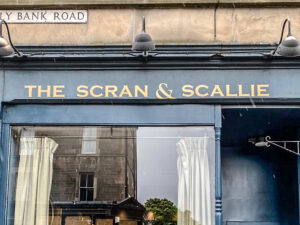
The Scran and Scallie, Edinburgh
Scran and Scallie was our choice for lunch and this lifted our cold, damp spirits no end. This deeply pleasing gastro pub is owned by Tom Kitchin and is a Bib Gourmand on the guide in Edinburgh, one of 3 to choose from. I always think the ‘Bib’ is the most interesting of Michelin categories. Usually younger, hipper and more ambitious than a restaurant with a plate, but not as formal as ones possessing a star. We started with excellent bread and a well-made terrine served with a punchy piccalilli: just the sort of thing one needs to soothe a tired, well-travelled soul. The boys opt for a burger and fish and chips whilst I plump for the fish pie. This was a good choice.
One expects a warming, comforting sense of happiness when eating something as wholesome as a fish pie, and the Scran and Scallie version doesn’t disappoint. A thick, creamy layer of mash with a thin, crisp finish, sits atop a moreish pool of perfectly cooked fish in a decadent sauce. This really is a nostalgic, elevated plate.
The Guide scores a point here for the joy that’s found, not just at Scran and Scallie, but at nearly all of the Bib Gourmands I’ve encountered over the years.
But again a lack of (and forgive me for this next line) 21st century integration means that finding live info on opening hours, availability, and yes possible Covidian restrictions is not doable with Michelin. In essence, one needs to look at the guide, then open Google for the live updates. A guide in the field, in this day and age, should be doing more than telling me the name on the door. It should be a wealth of information, availability and interactive options.
Scotland though didn’t disappoint. It’s been around 12 years since I was that far north and, whilst I probably didn’t know it, I missed that intensely Scottish sensibility. The not-two-fecks-given attitude coupled with a genuine warmth might be an oxymoron but only in Scotland does it make complete sense. Hospitality seems second nature here and in a post-pandemic world, I’m not sure higher praise of a country can be said. In a world where nations are ever-more obsessed with borders, protection and avoiding intimacy at all costs, Scotland seems to have all the answers. Soaring open spaces, sensible guidelines (as opposed to a focus on restrictions) and a social atmosphere of welcoming hospitality that ebbs from littlest café to largest castle.
The Michelin Guide has issues. Beyond the need for a cultural rethink, an embrace of diversity and moving away from its French roots, to use the Michelin guide as a guide, in this day and age, is just too much like hard work. I think Resy might just have the recipe right. Granted, they are a booking system first and foremost, but in the UK at least they work with some very good restaurants (a lot of aforementioned Bibs), have live availability, an interactive map and articles about local dining trends, features and chef profiles. It’s the kind of thing that, if it wasn’t a booking site, should be handing out stars and plates.
I’m not saying Michelin needs a top to tail overhaul but some kind of update is required. Something to recognise the local and the unique in a new way. Not supplementary categories but supplementary thinking about how to make themselves relevant again.
On the way further south, across the border and down to the outskirts of York, we stumble across Haxby and Millers. Millers won the national Fish and Chip award in 2018 and is still regarded as one of the best in the UK. It’s a symphony of brown, fried delights, with excellently cooked fish to boot. There has to be a world where that kind of food, traditional, local, yet absolutely world-beating, has a place on someone’s to-dine list. A different kind of restaurant, but no less worthy of ‘a special visit’.
Cover photo licensed by Adobe Stock. All other photos by Mike Daw.
This article was last updated in July 2021.

